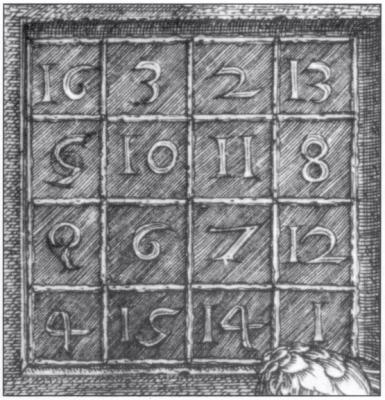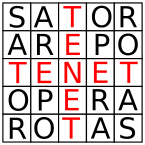Donnerstag, 3. März 2011
Schwarzes Loch als Elektronenmodell
klauslange,21:55h
In einer interessanten Arbeit benutzen Forscher das Modell von Schwarzen Löchern mit Ladung, um die Interaktionen von Elektronen in einem Supraleiter berechnen zu können, was auch erfolgreich gelang. Auch wenn hier Formalismen der Stringtheorie benutzt wurde, zeigt doch dieser Erfolg, dass die Grundlage der Urwort - Theorie bestätigt wurde. In der UT wird das Elektron als eine Art Schwarzes Loch moduliert, das seine umgebende Raumzeit krümmt.
Der Link zum science daily Artikel hier
Darin
Fourteen years ago, a string theorist, Juan Maldacena, conjectured that some strongly interacting quantum mechanical systems could be modeled by classical gravity in a spacetime having constant negative curvature. The charges in the quantum system are replaced by a charged black hole in the curved spacetime, thereby wedding the geometry of spacetime with quantum mechanics.
Since the Mott problem is an example of strongly interacting particles, Phillips and colleagues asked the question: "Is it possible to devise a theory of gravity that mimics a Mott insulator?" Indeed it is, as they have shown.
The researchers built on Maldacena's mapping and devised a model for electrons moving in a curved spacetime in the presence of a charged black hole that captures two of the striking features of the normal state of high-temperature superconductors: 1) the presence of a barrier for electron motion in the Mott state, and 2) the strange metal regime in which the electrical resistivity scales as a linear function of temperature, as opposed to the quadratic dependence exhibited by standard metals.
The treatment advanced in the paper published in Physical Review Letters shows surprisingly that the boundary of the spacetime consisting of a charged black hole and weakly interacting electrons exhibits a barrier for electrons moving in that region, just as in the Mott state. This work represents the first time the Mott problem has been solved (essentially exactly) in a two-dimensional system, the relevant dimension for the high-temperature superconductors.
Der Link zum science daily Artikel hier
Darin
Fourteen years ago, a string theorist, Juan Maldacena, conjectured that some strongly interacting quantum mechanical systems could be modeled by classical gravity in a spacetime having constant negative curvature. The charges in the quantum system are replaced by a charged black hole in the curved spacetime, thereby wedding the geometry of spacetime with quantum mechanics.
Since the Mott problem is an example of strongly interacting particles, Phillips and colleagues asked the question: "Is it possible to devise a theory of gravity that mimics a Mott insulator?" Indeed it is, as they have shown.
The researchers built on Maldacena's mapping and devised a model for electrons moving in a curved spacetime in the presence of a charged black hole that captures two of the striking features of the normal state of high-temperature superconductors: 1) the presence of a barrier for electron motion in the Mott state, and 2) the strange metal regime in which the electrical resistivity scales as a linear function of temperature, as opposed to the quadratic dependence exhibited by standard metals.
The treatment advanced in the paper published in Physical Review Letters shows surprisingly that the boundary of the spacetime consisting of a charged black hole and weakly interacting electrons exhibits a barrier for electrons moving in that region, just as in the Mott state. This work represents the first time the Mott problem has been solved (essentially exactly) in a two-dimensional system, the relevant dimension for the high-temperature superconductors.
... comment

